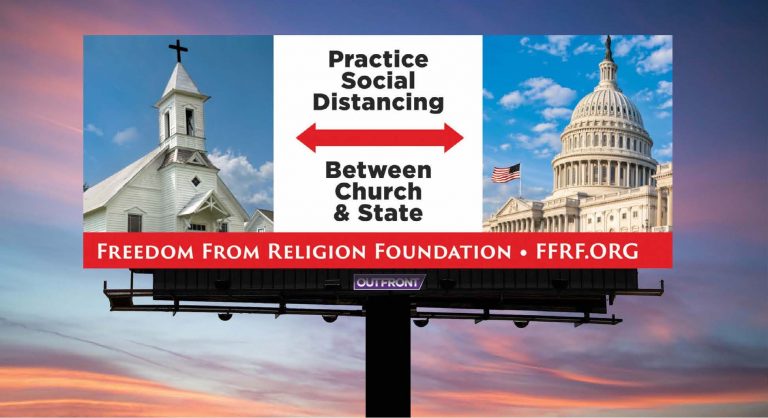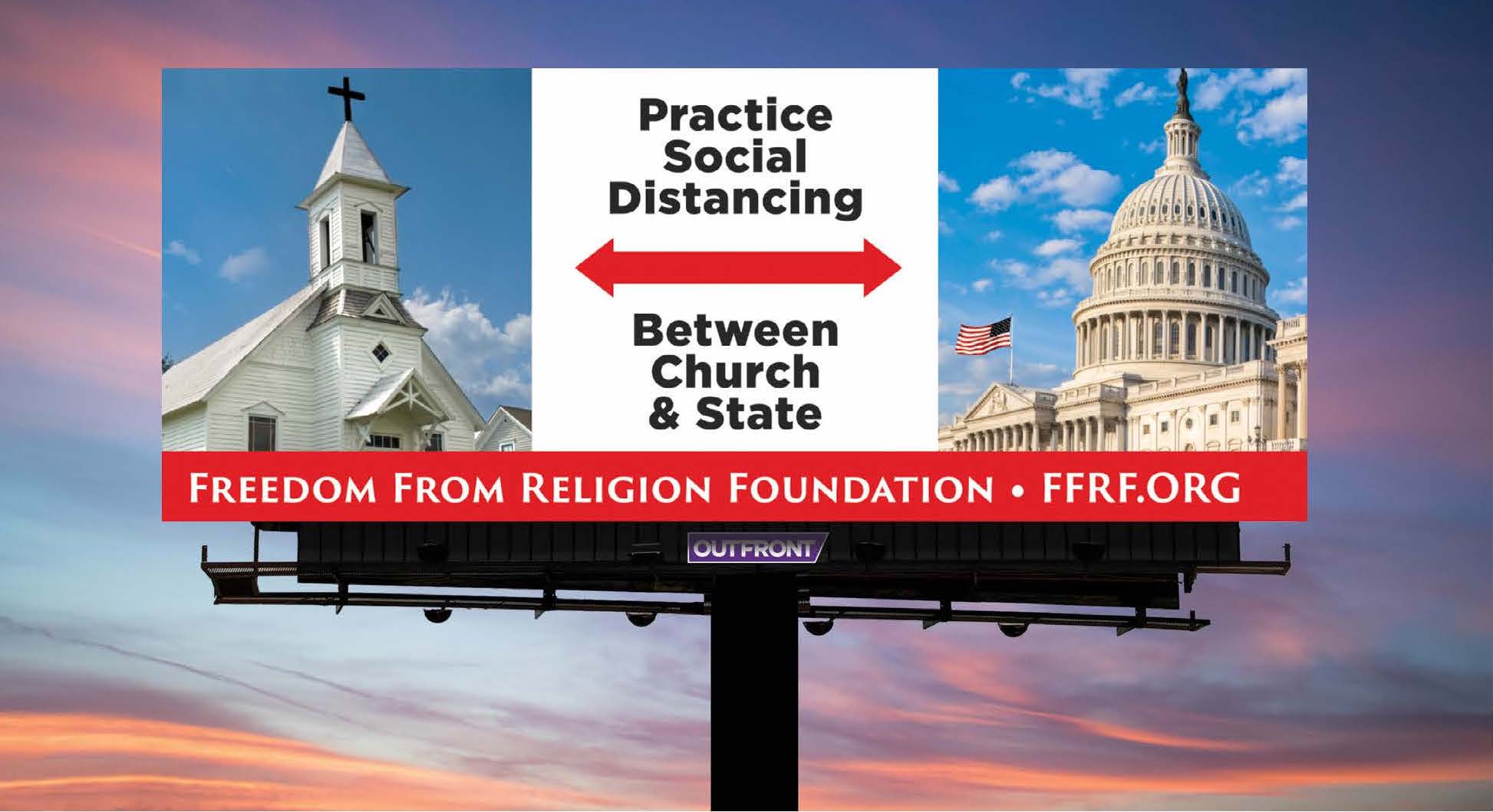

In recent years, research data has shown a seismic shift in the U.S. population away from religious institutions and toward general disaffiliation, a trend that analysts say could have major implications for politics, business and how Americans group themselves.
Washington: The proportion of Americans who consider themselves members of a church, synagogue or mosque has dropped below 50 percent, according to a poll from Gallup released Monday. It is the first time that has happened since Gallup first asked the question in 1937, when church membership was 73 percent.
In recent years, research data has shown a seismic shift in the U.S. population away from religious institutions and toward general disaffiliation, a trend that analysts say could have major implications for politics, business and how Americans group themselves. In 2020, 47 percent of Americans said they belonged to a church, synagogue or mosque. The polling firm also found that the number of people who said religion was very important to them has fallen to 48 percent, a new low point in the polling since 2000.
For some Americans, religious membership is seen as a relic of an older generation, said Ryan Burge, an assistant professor of political science at Eastern Illinois University and a pastor in the American Baptist Church. Gallup’s data finds that church membership is strongly correlated with age: 66 percent of American adults born before 1946 belong to a church, compared with 58 percent of baby boomers, 50 percent of Generation X and 36 percent of millennials.
Burge said many Christians still attend church but do not consider membership to be important, especially those who attend nondenominational churches. But no matter how researchers measure people’s faith — such as attendance, giving, self-identification — Americans’ attachment to institutional religion is on the decline.
Burge, who recently published a book about disaffiliating Americans called “The Nones: Where They Came From, Who They Are, and Where They Are Going,” predicts that in the next 30 years, the United States will not have one dominant religion.
_________________
Courtesy: History News Network
Also read: